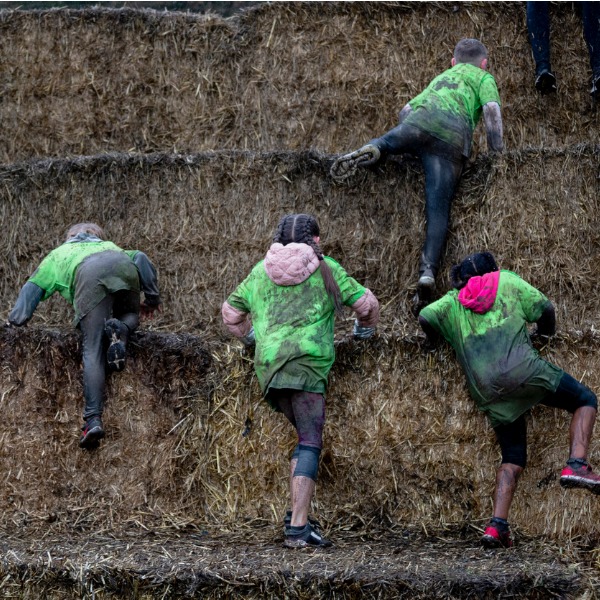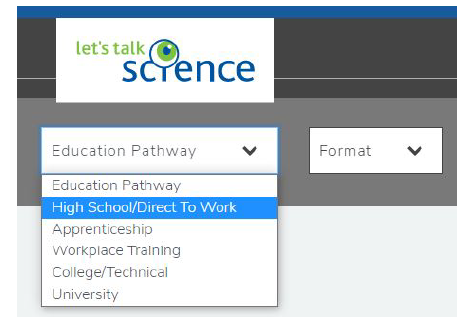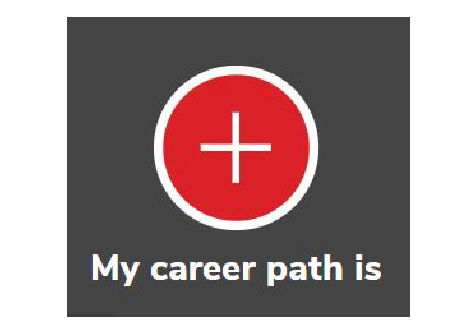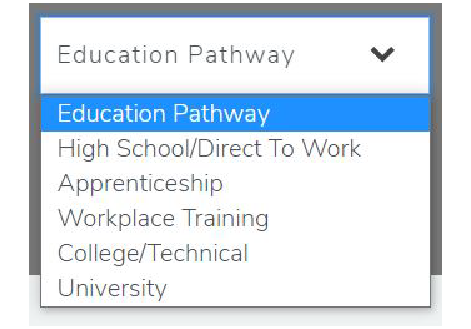Resiliency on the Career Path

Children climbing a hill of hay bales (SolStock, iStockphoto)

Children climbing a hill of hay bales (SolStock, iStockphoto)
How does this align with my curriculum?
Curriculum Alignment
AB
8
Career and Technology Foundations (CTF) (revised 2019)
CTF is planning, creating, appraising and communicating in response to challenges.
AB
9
Career and Technology Foundations (CTF) (revised 2019)
CTF is planning, creating, appraising and communicating in response to challenges.
BC
8
Career Education 8 (2016)
Big Idea: Our career paths reflect the personal, community, and educational choices we make.
BC
9
Career Education 9 (2016)
Big Idea: Our career paths reflect the personal, community, and educational choices we make.
BC
8
Career Education 8 (2016)
Big Idea: Reflecting on our preferences and skills helps us identify the steps we need to take to achieve our career goals.
BC
8
Career Education 8 (2016)
Big Idea: The value of work in our lives, communities, and society can be viewed from diverse perspectives.
BC
8
Career Education 8 (2016)
Big Idea: Achieving our learning goals requires effort and perseverance.
BC
8
Career Education 8 (2016)
Big Idea: Adapting to economic and labour market changes requires flexibility.
BC
9
Career Education 9 (2016)
Big Idea: Reflecting on our preferences and skills helps us identify the steps we need to take to achieve our career goals.
BC
9
Career Education 9 (2016)
Big Idea: The value of work in our lives, communities, and society can be viewed from diverse perspectives.
BC
9
Career Education 9 (2016)
Big Idea: Achieving our learning goals requires effort and perseverance.
ON
10
Career Studies Grade 10, OPEN (GLC2O) (2019)
Strand A. Developing the Skills, Strategies, and Habits Needed to Succeed
YT
8
Career Education 8 (2016)
Big Idea: Our career paths reflect the personal, community, and educational choices we make.
YT
8
Career Education 8 (2016)
Big Idea: Reflecting on our preferences and skills helps us identify the steps we need to take to achieve our career goals.
YT
8
Career Education 8 (2016)
Big Idea: The value of work in our lives, communities, and society can be viewed from diverse perspectives.
YT
8
Career Education 8 (2016)
Big Idea: Achieving our learning goals requires effort and perseverance.
YT
8
Career Education 8 (2016)
Big Idea: Adapting to economic and labour market changes requires flexibility.
YT
9
Career Education 9 (2016)
Big Idea: Reflecting on our preferences and skills helps us identify the steps we need to take to achieve our career goals.
YT
9
Career Education 9 (2016)
Big Idea: The value of work in our lives, communities, and society can be viewed from diverse perspectives.
YT
9
Career Education 9 (2016)
Big Idea: Our career paths reflect the personal, community, and educational choices we make.




